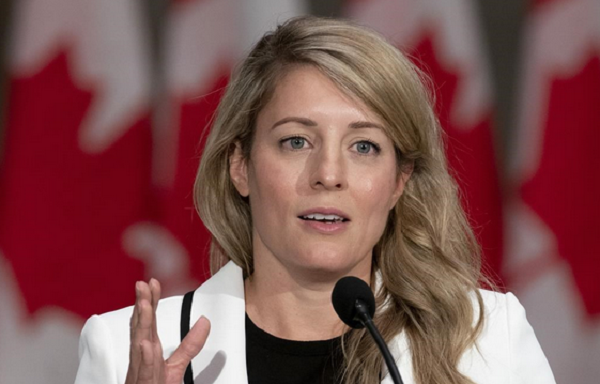Bank of Canada governor says more rate cuts are on the way but remains silent on size and pace
Bank of Canada Governor Tiff Macklem said it’s reasonable to expect more interest-rate cuts, but he remained tight-lipped about the pace of easing in his first comments on monetary policy since headline inflation returned to the central bank’s 2-per-cent target.
“It has been a long journey,” Mr. Macklem told a group of bankers and regulators at an event in Toronto on Tuesday. “Now we want to keep inflation close to the centre of the 1-per-cent to 3-per-cent inflation-control band. We need to stick the landing.”
Last week, Statistics Canada reported that annual Consumer Price Index inflation fell to 2 per cent in August – the first time it has been on target since early 2021 and a major milestone in the Bank of Canada’s push to restore price stability.
Mr. Macklem said he still wants to see a slowdown in shelter price inflation and measures of core inflation, which strip out the most volatile prices. The bank’s preferred measures of core inflation averaged 2.4 per cent in August.
At the same time, Mr. Macklem and his team are becoming less concerned about a rebound in prices, and more nervous about weak economic growth and a softening labour market, which could cause inflation to undershoot 2 per cent on the way down.
“Some recent indicators suggest growth may not be as strong as we expected. We will be closely watching consumer spending, as well as business hiring and investment,” he said.
This shift in priorities may have implications for the size and pace of interest-rate cuts in the coming months. So far, the central bank has cut interest rates by a quarter-percentage point at three consecutive meetings since June, bringing the policy rate to 4.25 per cent.
At that level, borrowing costs remain a drag on economic growth, and some Bay Street analysts have argued the bank needs to pick up the pace of rate cuts to avoid an unnecessary downturn. That argument received a boost last week after the U.S. Federal Reserve launched its own easing cycle with an oversized half-percentage-point rate cut.
Financial markets now put the odds of a half-point cut at the next Bank of Canada meeting on Oct. 23 at around 60 per cent, according to LSEG data. Interest-rate swap markets expect the bank’s policy rate to end the year at 3.5 per cent.

“Our tracking for Q3 suggests GDP growth is well below the Bank of Canada’s July figure,” Desjardins economist Tiago Figueiredo wrote in a note to clients about Mr. Macklem’s remarks. “We continue to believe that the Bank of Canada will ease policy rates by 50 basis points in October.” (There are 100 basis points in a percentage point.)
Canada’s economy continued to grow through the first half of the year, largely thanks to high levels of immigration and government spending. But restrictive interest rates are taking a toll on consumer spending and business investment.
Adjusting for population growth, gross domestic product (GDP) and consumer spending per person continue to decline, while the unemployment rate has risen nearly two percentage points over the past year to 6.6 per cent in August. There have not been widespread layoffs. But hiring hasn’t kept pace with immigration, putting newcomers and young people entering the job market in a particularly tough position.
“If there’s further adjustment in the labour market, it probably will be more in unemployment. We don’t think we need more slack. We’d like to see hiring pick up,” Mr. Macklem said in a conversation after the speech, hosted by the Institute of International Finance and the Canadian Bankers Association.
Despite the rapid rise in mortgage rates in 2022 and 2023, indicators of financial stress among homeowners remain relatively muted, Mr. Macklem noted. Arrears on mortgages have risen in recent quarters, but remain below prepandemic levels.
There are, however, clear pockets of stress among borrowers without mortgages, especially renters.
“We’re now seeing a larger share of these borrowers lagging behind on credit card and auto loan payments,” Mr. Macklem said. “Over the past year the share of borrowers without a mortgage who carry a credit card balance of at least 90 per cent of their credit limit has continued to climb. And this share is now above typical historical levels. This is concerning.”
Mr. Macklem said that interest-rate decisions would be made on a case-by-case basis, based on incoming data. The bank will receive several more key pieces of data before the next rate decision in October, including July GDP numbers this Friday.












